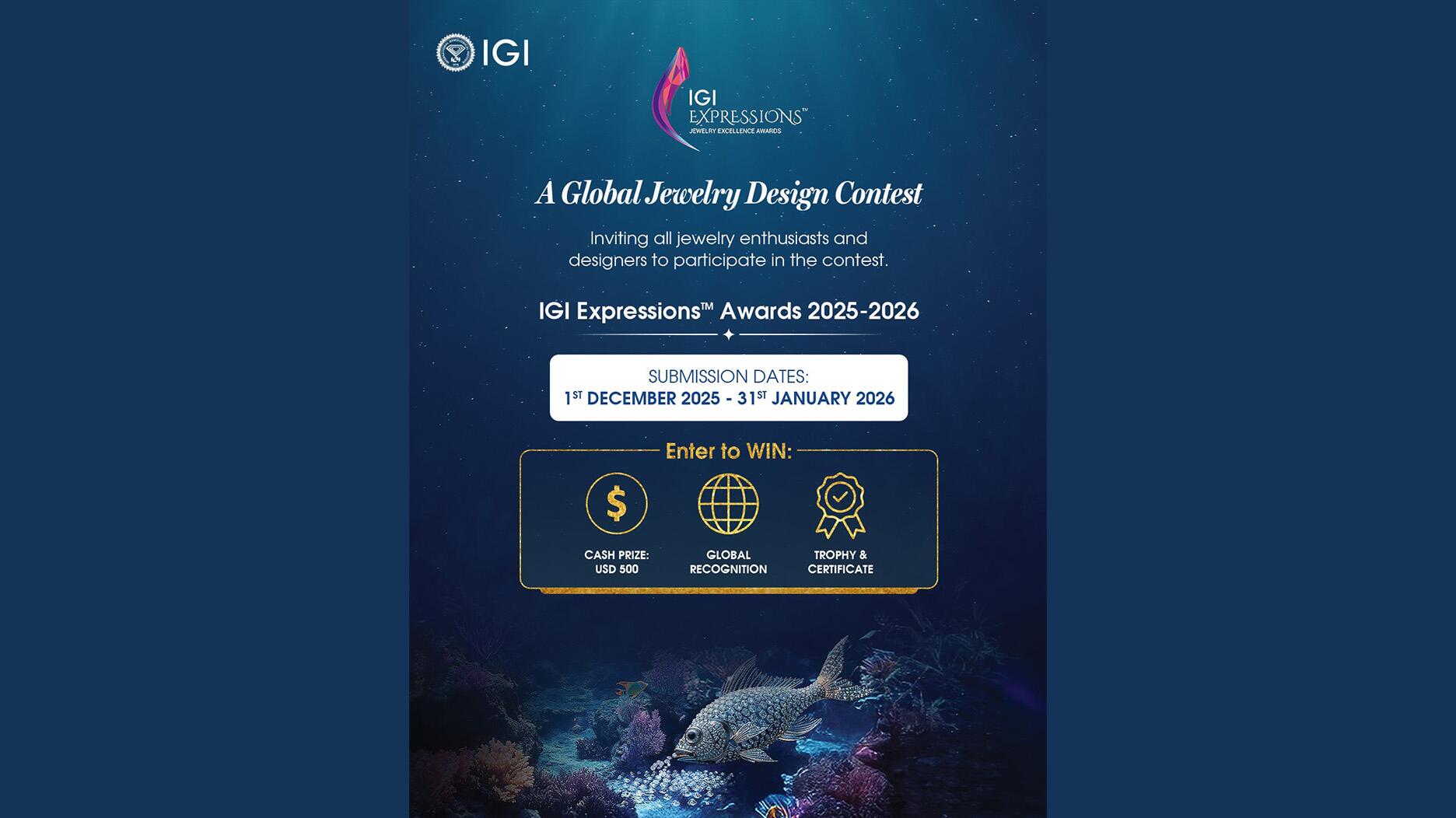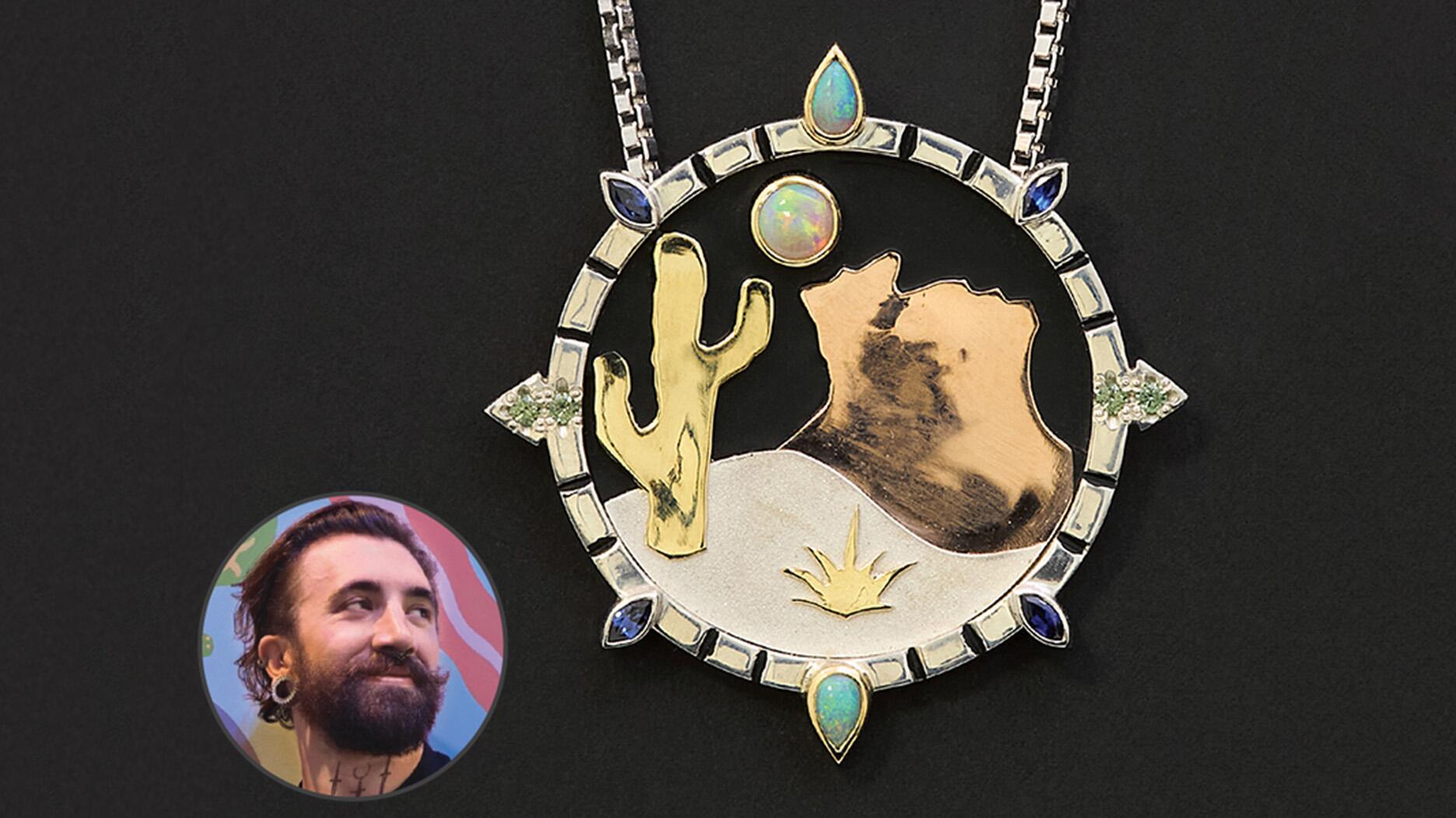Carlos Jose Hernandez and Joshua Zuazo were sentenced to life without the possibility of parole in the 2024 murder of Hussein “Sam” Murray.
From AGTA GemFair: How to Sell Color
In an education session held Friday, AGTA CEO Doug Hucker told jewelers how they can talk about colored stones in a way that will make consumers comfortable with buying them.
Tucson, Ariz.--Since colored stones present a opportunity for growth in sales and profits, it’s important for jewelers to have a plan for selling color, AGTA CEO Doug Hucker said Friday during an education seminar at GemFair in Tucson.
Selling color is different from selling diamonds, which have a very specific set of values--the four Cs--that help validate their price, he said. Colored stones tend to be a bit more emotional and personal for a customer and also is an area where consumers have gained knowledge in recent years.
“Color in itself is something that’s driving our business, but that’s not just about gemstones,” he said, noting that consumer products in general are all about color and fashion magazines also are giving consumers color clues.
And when it comes to actually purchasing gemstone jewelry, “Consumers will buy from a person that can answer their questions most effectively,” he said.
In his session, Hucker separated the big three--emeralds, sapphires and rubies--from the rest of the colored stones on the market, as those three need to be approached in a different manner. They are classic stones that are held in a high respect, have their place in history and, therefore, have a very different pricing structure.
Because they will cost more than other stones of the same colors--for example, consider the price difference between blue sapphire, tanzanite and iolite--retailers likely will have to explain why the prices are higher.
Hucker suggested doing so by using the same four Cs that are used to sell diamonds. This will make consumers more confident in their purchasing decision because they are familiar with that system.
Clarity will help clarify if it’s a natural stone, Hucker said. Cut will take into account a consumer’s style preference and carat weight will help to explain the price, making the consumer comfortable with what they are paying and also helping them to understand the pricing structure.
But, the most important C for the big three is color. This is the overall determinate, Hucker said. Any overtones or modifying colors will affect the price, as will the color’s purity and saturation.
Outside of the big three, it really just comes down to what the client likes.
When consumers might know less about the gemstones, it is important for the retailer to help them understand what’s available and to generate the excitement that will create a connection and lead them to buy.
Hucker suggests having a 15- to 20-second
This also, of course, means that retailers need to make sure that education is a part of their plan.
If a store employee can’t comfortably talk about a colored gemstone, then the consumer won’t feel comfortable buying it, Hucker said.
The Latest

Yood will serve alongside Eduard Stefanescu, the sustainability manager for C.Hafner, a precious metals refiner in Germany.
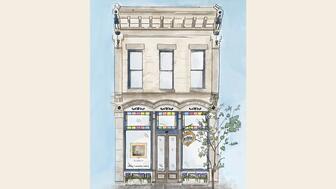
The New Orleans jeweler is also hosting pop-up jewelry boutiques in New York City and Dallas.

How Jewelers of America’s 20 Under 40 are leading to ensure a brighter future for the jewelry industry.

Set in a Tiffany & Co. necklace, it sold for $4.2 million, the highest price and price per carat paid for a Paraíba tourmaline at auction.


The jeweler’s “Deep Freeze” display showcases its iconic jewelry designs frozen in a vintage icebox.

Take luxury gifting to new heights this holiday season with the jeweler’s showstopping 12-carat sphene ring.

Roseco’s 704-page catalog showcases new lab-grown diamonds, findings, tools & more—available in print or interactive digital editions.

In its annual report, Pinterest noted an increase in searches for brooches, heirloom jewelry, and ‘80s luxury.

Starting Jan. 1, customers can request the service for opal, peridot, and demantoid garnet.

The 111-year-old retailer celebrated the opening of its new location in Salem, New Hampshire, which is its third store in the state.
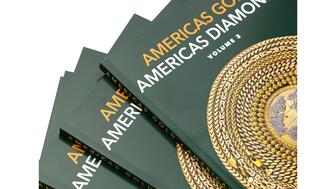
The new catalog features its most popular chains as well as new styles.
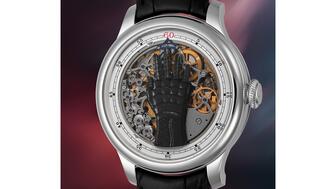
The filmmaker’s personal F.P. Journe “FFC” prototype was the star of Phillips’ recent record-setting watch auction in New York.

The new location in the Design District pays homage to Miami’s Art Deco heritage and its connection to the ocean.

Inflations, tariffs, and politics—including the government shutdown—were among consumers’ top concerns last month.
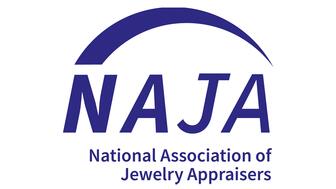
“Longtime favorite” presenters, as well as first-time speakers, will lead talks and workshops at the annual event in Tucson next year.
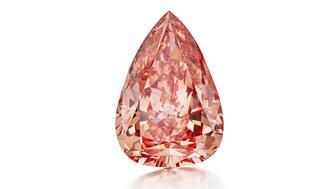
The sale of the 31.68-carat, sunset-hued stone was part of Sotheby’s first series of events and auctions in Abu Dhabi.

Most customers who walk into your store this month have made up their minds. Your job is to validate their choice, Emmanuel Raheb writes.
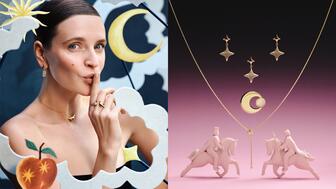
The collection features characters and motifs from Ukrainian folklore, including an enchanted mirror and a magic egg.

MatrixGold 3.11, the newest version of the jewelry design program, offers more flexibility, precision, and creative control.

The pavilion will be part of the 2026 JA New York Spring show, scheduled for March 15 to 17.
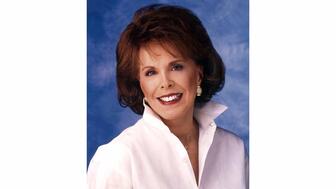
Kadet, a 1994 National Jeweler Retailer Hall of Fame inductee, helped grow the family-owned retailer in the Chicago area and beyond.
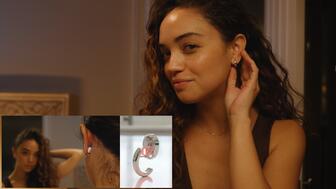
Billed as the world’s smallest wearable, Lumia Health’s new smart earrings have a health tracker subtly embedded in the back.
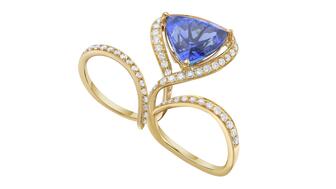
Don’t let those with December birthdays feel blue. Help them celebrate their month with blue zircon, turquoise, and tanzanite.
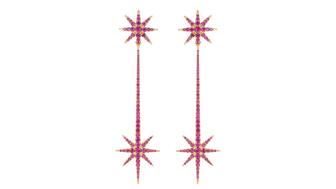
The new pink sapphire version of the piece dances with its wearer in the brand’s “Icons After Dark” holiday campaign.

A choice that’s generated a lot of commentary, Pantone says “Cloud Dancer” marks a fresh start and encourages relaxation and creativity.
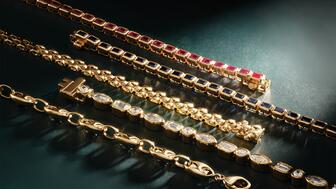
The manufacturer’s holiday campaign features a gift guide filled with trending designs and jewelry that can be personalized.









